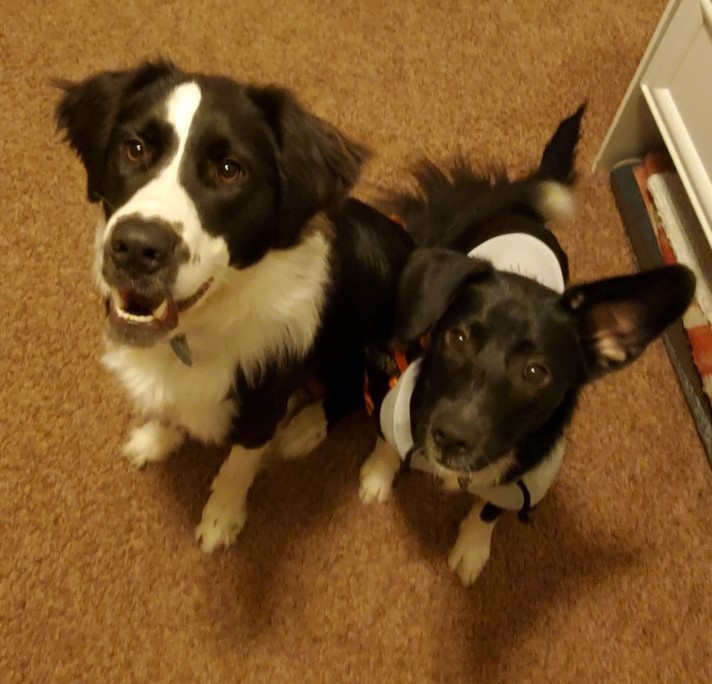
Introduction
As a responsible pet owner, ensuring the health and well-being of your companion animal is a top priority. One of the most crucial aspects of pet healthcare is vaccination. Core vaccinations play a vital role in protecting your pet from severe, potentially life-threatening diseases. In this blog, we'll delve into why core vaccinations are essential for your companion animals and how they contribute to a longer, healthier life for your furry friends.
What Are Core Vaccinations?
Core vaccinations are those that are universally recommended for all pets, regardless of their lifestyle or geographic location. These vaccines protect against highly contagious and severe diseases that can have devastating consequences for unvaccinated animals.
For Dogs:
- Rabies: A fatal viral disease that affects the central nervous system and can be transmitted to humans.
- Canine Distemper Virus (CDV): A highly contagious virus affecting the respiratory, gastrointestinal, and nervous systems.
- Canine Parvovirus (CPV): A severe virus causing gastrointestinal illness, often fatal, especially in puppies.
- Canine Adenovirus (CAV-1 and CAV-2): Causes infectious canine hepatitis and respiratory infections.
For Cats:
- Rabies: Similarly fatal in cats, posing a risk to humans as well.
- Feline Panleukopenia (FPV): Also known as feline distemper, this virus is highly contagious and often fatal.
- Feline Herpesvirus-1 (FHV-1): Causes severe respiratory infections.
- Feline Calicivirus (FCV): Leads to respiratory infections and oral disease.
1. Prevention of Deadly Diseases
Core vaccinations are designed to protect pets from diseases that are often fatal or cause severe illness. Rabies, for example, is almost always fatal once symptoms appear. By vaccinating your pet, you safeguard them against these deadly diseases, ensuring they live a longer, healthier life.
2. Herd Immunity and Community Health
Vaccinating your pet not only protects them but also contributes to the health of the entire pet community. Herd immunity occurs when a significant portion of the population is immunized, reducing the spread of contagious diseases. This is particularly important in communal environments like dog parks, boarding facilities, and multi-pet households.
3. Cost-Effective Health Management
Treating a pet with a preventable disease can be costly and emotionally taxing. Vaccinations are a cost-effective way to prevent such diseases, saving you from potentially high veterinary bills and the distress of seeing your pet suffer. Investing in vaccinations is a proactive approach to managing your pet's health.
4. Legal and Ethical Responsibilities
In many regions, certain vaccinations, like the rabies vaccine, are required by law. Ensuring your pet is up-to-date with these vaccinations helps you comply with local regulations and avoid potential fines or legal issues. Moreover, it reflects your commitment to responsible pet ownership and public health.
5. Enhancing Longevity and Quality of Life
Vaccinated pets are less likely to contract severe diseases, leading to a higher quality of life and increased longevity. Regular vaccinations help maintain your pet’s overall health, allowing them to enjoy a longer, more active life with fewer health complications.
6. Early Detection of Health Issues
Regular veterinary visits for vaccinations also provide an opportunity for early detection of other health issues. During these visits, veterinarians conduct comprehensive health checks, which can identify problems before they become severe, ensuring timely intervention and treatment.
Conclusion
Core vaccinations are an essential component of responsible pet care. They protect against deadly diseases, contribute to community health, are cost-effective, and ensure legal compliance. Most importantly, they enhance the longevity and quality of life for your beloved companion animal. By keeping your pet's vaccinations up-to-date, you are investing in their health and happiness, ensuring many joyful years together.
If you have any questions or concerns about your pet’s vaccination schedule, please give us a call at the clinic!
